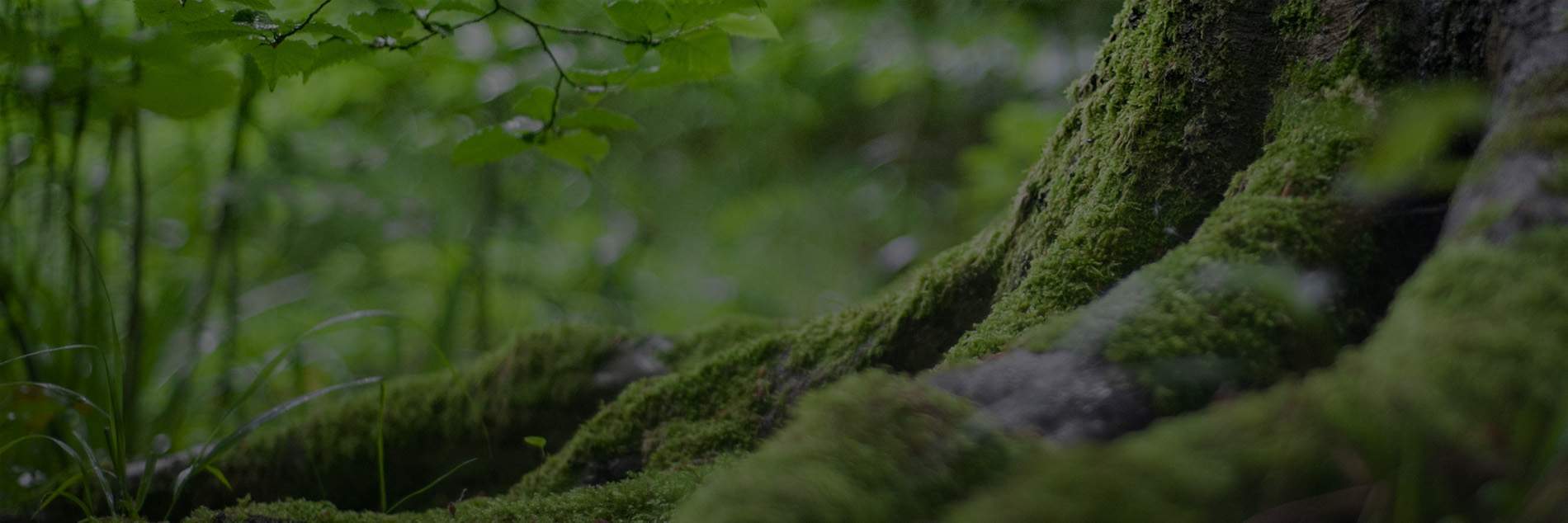What Is a Shaman?

By Kathleen Gresham
A shaman is a particular kind of healer and magical practitioner who is on a path of service in an animist-shamanist culture. To understand what a shaman is, you must remember that while all shamans are healers, only a certain type of healer is a shaman.
A shaman is someone who has the ability to journey to the spirit world to find important information (such as where to find food, water, or shelter) and to do spirit work such as retrieving lost souls. To do that, a shaman goes into a deep (theta state) trance and journeys to the spirit world.
The person who fills the role of shaman serves an animist community by healing and harmonizing the humans with nature and the spirits.
All Shamans are Healers. Not All Healers Are Shamans An important task of all shamans is healing. All shamans are healers. but not all healers are shamans.
A culture may have several kinds of healers who work in different ways. To be a shaman, a person must journey to the spirit world to do healing or other work that benefits the community or the spirits connected with the people or place the shaman serves.
A shaman may also be an herbalist. But a healer can be an herbalist without being a shaman (without journeying to the spirit world).
Indigenous women, who gather plants for their families, learn a lot about the use of plants as food and as medicine. Shamans use such knowledge, but so do all women in animist cultures.
Where Do Shamans Come From?
The word shaman comes from the language of the Tungus tribe in Siberia. It refers to a person who does shamanic work for the Tungus people. Each Siberian tribe has a different word that means shaman. In fact, in cultures throughout the world, each tribe or nation has its own word(s) for shaman.
Shamans are found in many parts of the world, but they are almost always found in animist cultures. That means shamans hardly ever exist except in gathering-hunting, nomadic animal-herding, or horticultural (gathering, hunting and gardening) communities.
Once a culture turns to agriculture, the religion usually changes from animism to something else, such as the worship of goddesses and/or gods. Shamanism gradually disappears, though some cultures retain some elements of shamanic practice longer than others.
When Is “a Shaman” not a Shaman?
What a shaman is called in a given culture depends on the language spoken by the people of that culture. Bear in mind that people often casually and mistakenly describe any indigenous healer as “a shaman.” That creates confusion.
Also, the various terms for native healers are sometimes wrongly translated as shaman by linguists who do not truly understand what the word shaman means.
If someone calls himself a shaman, he probably is not one. Indigenous cultures each have their own term for a person who fills the role of shaman, and only one of them, the Tungus tribe of Siberia actually calls that person a shaman. A real shaman serves a particular animist community, and we generally do not have those in European and American culture anymore. So if a modern westerner tells you that he is a shaman, beware. He probably is not one, though he probably does not realize that.
With people of indigenous heritage, it is harder to tell. It is important to be very tactful and diplomatic until you find out more about who they are and what their background is.
But be cautious. There are people (indigenous and modern) who are all too willing to take advantage of the modern craze for shamanism.
Some are sincere but ignorant. Others are hoping to impress you, get your attention or money, or gain power over others by calling themselves shamans. Learn as much as you can and use common sense before submitting to treatment by someone calling himself or herself a shaman. If the treatment is very expensive, the odds are that the person is not genuine.
Even if the treatment is quite effective, someone who is out to make a lot of money as a shaman is more of a sorcerer (someone who seeks personal gain rather than seeking to be of service) than a shaman.


